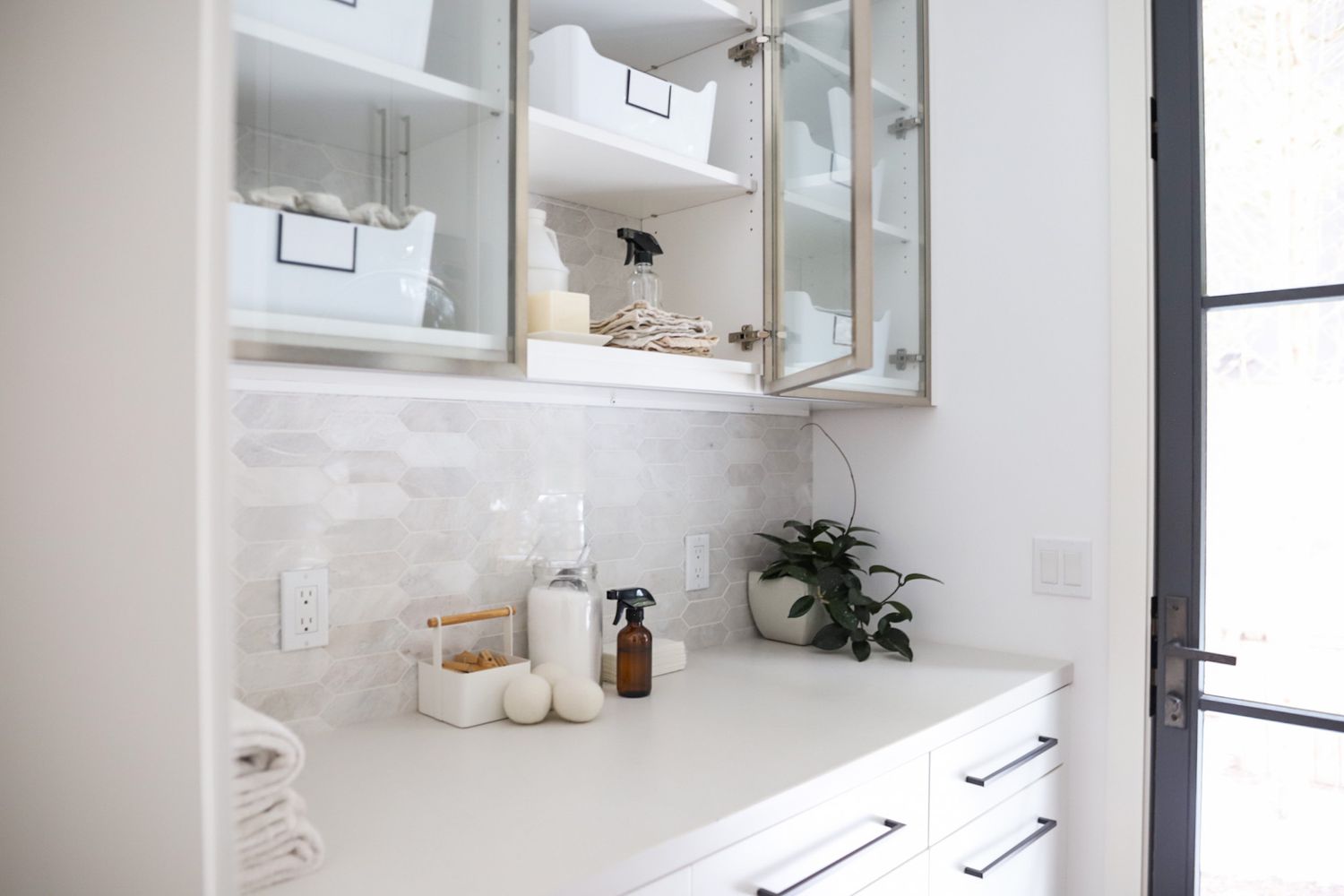Building and Installation Considerations for Laundry Room Pantry Cabinets: Pantry Cabinet In Laundry Room

The laundry room, often a neglected corner of the home, holds the potential for surprising transformation. A well-designed pantry cabinet can elevate this space from utilitarian to organized and efficient. Building or installing such a cabinet, however, requires careful consideration of design, materials, and installation techniques.
Building a Custom Laundry Room Pantry Cabinet, Pantry cabinet in laundry room
Constructing a custom cabinet offers unparalleled control over size, features, and aesthetics. The process begins with meticulous planning. Measurements of the designated space are paramount, accounting for existing plumbing, electrical outlets, and any structural limitations. A detailed sketch, including dimensions and desired features (shelves, drawers, doors), is crucial. This serves as the blueprint for material selection and construction.
The necessary tools include a saw (circular or miter), drill, level, measuring tape, sander, and various woodworking clamps. Materials will vary depending on the design, but typically include plywood or solid wood for the cabinet body, hinges, drawer slides, handles, and a chosen finish (paint, stain, or varnish). The construction itself involves cutting the wood according to the plan, assembling the cabinet box, installing shelves and drawers, attaching doors, and finally applying the finish. Precise cuts and careful assembly are essential for a sturdy and aesthetically pleasing result. Consider reinforcing the cabinet structure, particularly if it will hold heavier items.
Pre-Assembled versus Custom Pantry Cabinets: A Comparison
The choice between a pre-assembled and custom-built cabinet hinges on several factors. Pre-assembled cabinets offer convenience and speed of installation. They are readily available at various price points, reducing upfront costs and eliminating the time and skill needed for construction. However, customization options are limited; dimensions and features are pre-determined, potentially resulting in a less-than-ideal fit or functionality. Furthermore, the quality of materials and construction may vary significantly depending on the manufacturer.
Custom-built cabinets, while demanding more time, effort, and potentially higher initial costs, offer unmatched flexibility. The cabinet can be tailored precisely to the available space and desired features, ensuring optimal use of the laundry room’s limited area. The choice of materials and finish also allows for greater aesthetic integration with the overall laundry room design. For example, a homeowner might choose durable, water-resistant materials specifically suited to the humid environment of a laundry room.
Installing a Pre-fabricated Laundry Room Pantry Cabinet
Installing a pre-fabricated cabinet requires careful planning to avoid conflicts with existing plumbing and electrical fixtures. Accurate measurements are crucial to ensure a proper fit. Before mounting, inspect the cabinet for any damage. Wall mounting typically involves using appropriate anchors suitable for the wall material (drywall, concrete, etc.). Ensure the cabinet is level and securely fastened to the wall studs for stability. Plumbing and electrical access should be checked and maintained; any necessary adjustments should be made before mounting to avoid damage or obstruction after installation. For heavier cabinets, additional support may be needed. Consider using shims to level the cabinet and ensure a flush fit against the wall. Once installed, inspect the cabinet for stability and adjust as needed.
